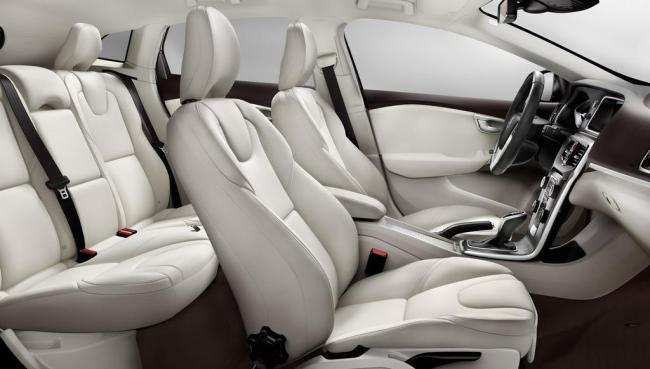Before we answer this question, let’s first understand what seat comfort is.
Static comfort
The structure of the seat, its dimensional parameters, and the rationality of the driver’s various operations and views.
Dynamic comfort
The comfort of a vehicle in motion when vibrations are transmitted to the body through the seat skeleton and foam.
Operating comfort
Reasonableness of the driver’s seat operating mechanism in relation to the field of vision.
The biggest difference between a car seat and a normal seat is that the car seat mainly works while the car is in motion, so the dynamic comfort of the seat is particularly important. In order to ensure the comfort of the car seat, the following points should be noted during the design and development.
(1) Reasonable body pressure distribution to ensure muscle relaxation and normal blood circulation
According to the anatomical characteristics of human tissues, the sciatic node is thick, with few blood vessels and nerves, and can withstand greater pressure than the surrounding muscles, while the lower surface of the thigh has the lower limb aorta and nervous system distribution, the pressure will affect blood circulation and nerve conduction and feel discomfort, so the distribution of pressure in different parts of the hip should be different. Poorly designed seats have peak pressures beyond the sciatic tuberosity, while there will be asymmetrical and uncoordinated pressure distribution between the left and right. This unreasonable distribution of body pressure will cause excessive local pressure, poor blood circulation, local numbness, etc.
(2) Maintaining the normal physiological curvature of the spine
According to ergonomic theory, the lumbar spine bears all the mass of the upper body, and at the same time bears the impact load generated by car vibration, etc.; if the incorrect sitting posture makes the lumbar spine exceed the normal physiological bending arc, additional disc pressure will be generated and the lumbar spine part is most vulnerable to injury.
(3) Enhancing resistance to lateral vibration
In the lateral direction, the spine has only the anterior and posterior longitudinal ligaments, which are attached to the anterior and posterior edges of the vertebral body and intervertebral disc respectively and play a certain protective role. The human spine’s ability to tolerate lateral forces is therefore very low. The reclining back of the seat enables the lumbar region to be relied upon, and the moderate softness of the foam results in greater friction, while the lateral support of the backrest can cushion the impact of lateral vibrations on the human body to improve ride comfort.
According to the above, it is easy to see that a seat with excellent comfort is not only thick (soft), but also soft and hard, optimising pressure distribution; moreover, it must have a good ergonomic shape to ensure that the spine has the correct posture.

Post time: Dec-28-2022

